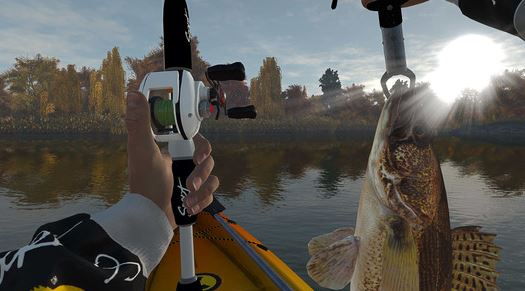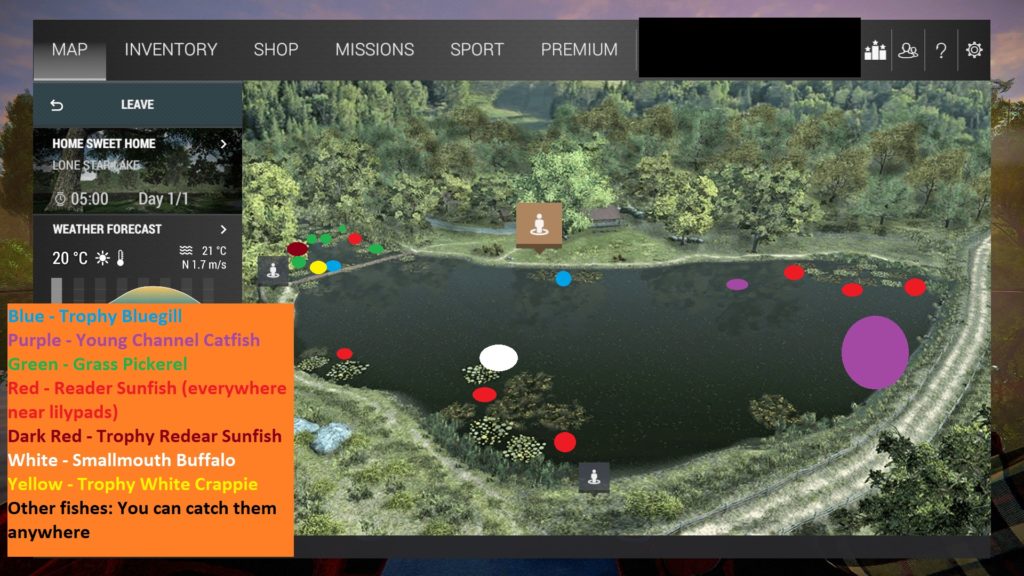
In Minnesota, the Rainy River is a very popular spring and fall fishing destination. You can catch walleye throughout the entire lake. Learn more about how the DNR manages Michigan's walleye.The walleye fishing is tremendous on Lake of the Woods. Sauger are more adaptable to turbid water than walleye are. Background Information:Ī close relative and look-alike of the walleye, the sauger shares habitat and, to some extent food sources with this species. Males mature at age two to four years, females at three to six years. In March, April and even May, walleye spawn over rock shoals in tributaries or lakes. Prime feeding times are early morning and evening. They eat small bass, trout, pike, perch and sunfishes. Review Fishing Guide for current rules and regulations » Diet: In fall, jigging with spoons in deep water is a popular technique. But walleyes can readily be taken on live bait nightcrawlers drifted along the bottom, leeches suspended under a slip bobber or minnows fished on a tight line will all produce. The average walleye caught by anglers is five years old and weighs from one to three pounds.Įarly in the season, fishing bottom with lead-head jigs tipped with minnows or with plastic grub bodies is the top technique, but as the season progresses, trolling with plugs (such as Rapalas and Wiggle Warts) or spoons or with spinners and crawler harnesses becomes the preferred method. Slow trolling baits at a variety of depths is important as, although walleyes are usually associated with the bottom, the most active fish are sometimes suspended in the water column. These battling fish are exciting to catch, delicious to eat and because they feed actively all winter, they provide a fine year-round sport fishery.

They lack the distinctive vertical bar makings of the yellow perch and have fan-like canine teeth.

Walleye are the largest member of the perch family. (Native Fish) Two dorsal fins separated into a spiny and a soft-rayed portion, large cloudy eye, white tips on anal and lower caudal fins, canine teeth. Sander vitreus - scientific name Identification:


 0 kommentar(er)
0 kommentar(er)
